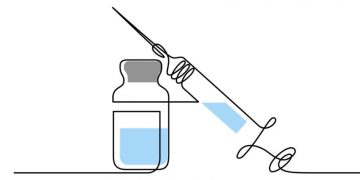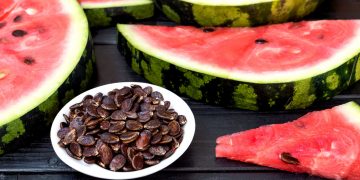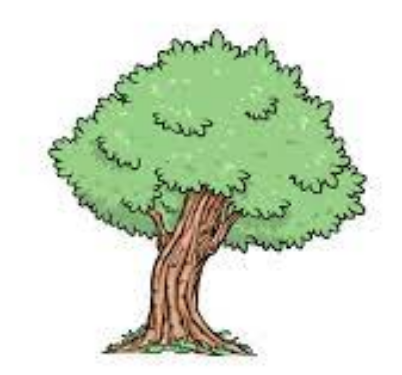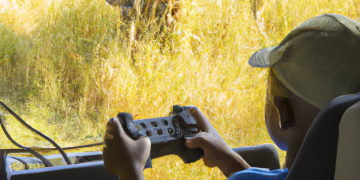Draw an oak tree in just 6 easy steps! The mighty oak is one of nature’s most refined and magnificent trees. From humble beginnings as tiny acorns, these trees can last for many years and grow to enormous sizes. You may also learn many things cartoon drawing, scary drawing, pencil drawing, cool things to draw, scary drawing, creative drawing, and flower drawing.
They are one of the most recognizable tree species, and many people want to learn how to draw an oak tree so they can create artwork with this beautiful tree. If you love this fantastic tree and want to create awesome oak tree pictures, read this tutorial until the end! Our step-by-step manual on removing an oak tree’s intention shows you how to recreate this glorious titan of heart.
How to Draw an Oak Tree – Allows Reach Initiated!
Step 1
In this tutorial on removing an oak tree, we will form the silhouette of the tree box. The oak tree’s chest is comprehensive, and the one we are moving to attract will also be narrowly bent to the side. To draw this outline, we’ll use several curved lines that connect to form the stem that bends slightly. We will also start by drawing the first branch, which will go on the left flank of the box. Ultimately, for this stage, you can also form by removing the seeds at the bottom of the oak tree. There will stay much room at the base, but we will fill it in particular soon.
Step 2: Withdraw some essences from the oak.
When you look at the finished drawing we are working on, you will notice that there will be quite a bit of detail in this drawing of an oak tree. These details can make things a little daunting and complicated, but we’ll ensure it’s not too frustrating as we take it slowly. With that in mind, we’ll start adding the first bark details in this step. To do this, we will draw slightly curved lines going down the tree’s center, bending into one of the roots in the middle of the tree’s base. Your choice, then be prepared to carry on to foot 3!
Step 3: Remove some more lumber components for your oak tree.
We will continue to add details of the timberline in this step of our guide on drawing an oak tree. These details will be concentrated mainly near the top of your removed tree trunk. On the right side of the box, another branch will stick out. Where this branch connects to the tree, we’ll add a twisted spiral line to show the beating opening of this chapter. The connection picture will offer you what we point out, and you can copy the lines as they appear.
Step 4: Currently remove the green top of the oak tree.
It wouldn’t be an oak tree drawing without a big head of leaves on it! For this reason, we will remove this leafy vertex in this step. The outlines at the top of the tree will consist of many small curved lines that connect. You can add similar curved lines inside the outline of the top of the tree where the branches would poke into the leaves. You can also add a few more of these dotted lines inside the outline of the top of the tree to make it look like there are a lot of leaves at the top. Then we’ll be glad to count some final elements in the following action!
Step 5: Measure some last points of the oak tree structure.
You can finish with some final points and touches in the next step of our guide on how to draw an oak tree. We’ll add many little lines to the tree trunk to give it a more aged and weathered look. You can also finish the base of the trunk by drawing lines for the bottom of the roots and also adding some small tufts of grass. We would use these details to complete it, but feel free to add your own! Maybe there is an excellent background in the park with a family and squirrels enjoying the shade of an oak tree. What ideas can you add to this image?
Step 6: Finished drawing the oak tree with a miniature circuit.
This is the last step of your oak drawing, and we will finish it using paint. For our example, we used shades of brown for the trunk while using shades of light green for the top of the tree. By adding small dots of darker green, you can also create the appearance of more leaf density. You can use watercolors and colored pencils for a more subdued look, but it would also be great to use lighter mediums like acrylic paints or




























